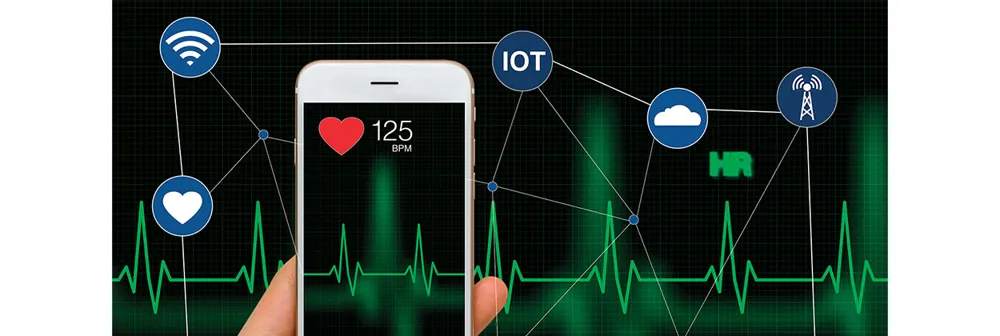The Next 'Steps' in Consumer Health, Fitness and Wellness Tracking
July 15, 2018
- Author: Kerrie Haresign


May/June 2018
More articles in this issue:
When consumer health, fitness and wellness trackers first became mainstream, they featured a few key goals around fitness applications and were best known for tracking steps and distance. Today’s trackers collect an expanded portfolio of metrics like heart rate, stress and quality of sleep. But more importantly, they also collect and provide a continuous stream of health data.
The application of this data is growing in a variety of methods including the ability to reach into the doctor’s office. CTA’s Health, Fitness & Wellness Technology standardization committee is creating definitions and performance requirements around these new metrics and data streams. This committee will address the challenges of transparency and reliability raised by the increasing amount of available health data, making sure that your doctor can trust it.
Measuring the Beats
In January 2018, CTA published its standard addressing Physical Activity Monitoring for Heart Rate (CTA-2065). As measuring heart rate has become more important in wearables, CTA’s standardization participants saw an opportunity to examine the performance of devices that measure heart rate to create an accurate validation test. In order to measure the accuracy and availability of technology that measures heart rate, this standard outlines a series of testing protocols ranging from heart rate while sedentary, exercising or doing lifestyle activities (like laundry or office work).
The improved accuracy of heart rate monitoring allows users to refine their workouts, but also results in improved diagnostics beyond the realm of the clinic. This work also represents a building block to other metrics and information that can be learned from trackers like intensity of activity, calories burned and stress tracking.
CTA’s Consumer Stress Monitoring Working Group is working to create a standard that defines terms related to stress and stress indicators while striving to establish performance characteristics of consumer stress monitoring technologies. While leveraging previous work on heart rate measurements, this group is exploring performance metrics of physiological indicators such as heart rate variability, skin conductance and respiration. The working group is discussing use cases related to testing psychosocial and physical protocols and their application to both acute and chronic stress.
A Good Night’s Sleep
The topics of activity and stress quickly expand to discussions about sleep quality, since key insights into an individual’s health and wellness can be learned through understanding how they sleep. Through its partnership with the National Sleep Foundation, CTA is building on its current sleep monitoring standards portfolio by addressing performance criteria and testing protocols for features in sleep tracking in consumer technology that measures sleep.
While there are many advantages to the increase of availability and accuracy of data, the industry is still faced with challenges around the development of guiding principles of practice and transparency for mobile health solutions, which includes both applications and devices. Through the ongoing work of the Mobile Health Applications Working Group, CTA and stakeholders are creating best practices for the industry on broad topics such as accuracy thresholds, transparency, security, privacy, regulatory compliance and interoperability.
Where tracking devices go in the future remains to be seen but the Health, Fitness & Wellness Technology standardization committee is always looking to identify new topics for standardization and to identify additional volunteers to support these efforts.
Join our community of innovators and shape the future of technology.



